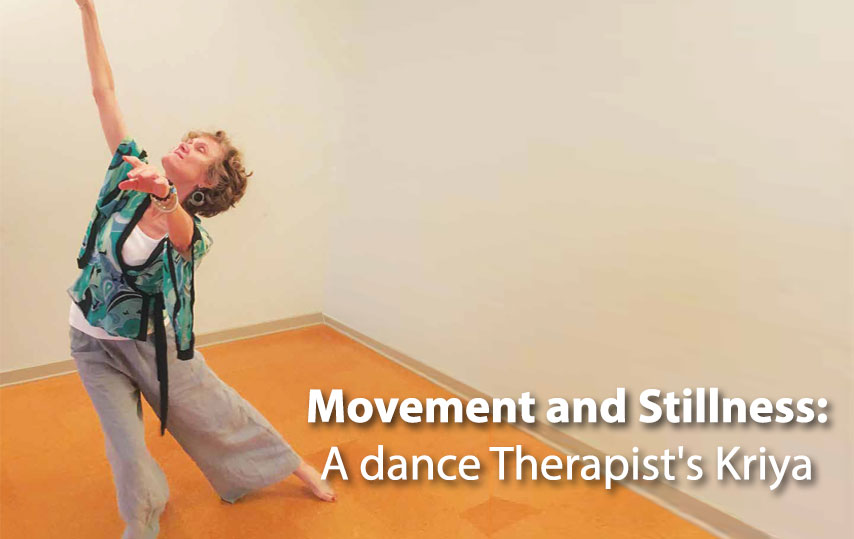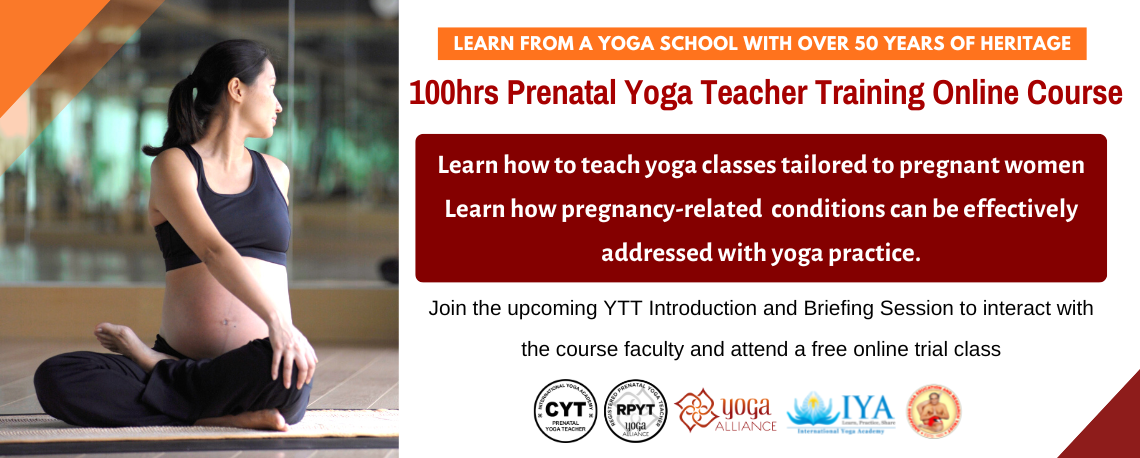In yoga class recently, my teacher said we could only find mindfulness through stillness and I responded internally—talking to myself, “That’s not true. I find mindfulness through movement.” Jalaja
Bonheim, author of The Serpent and the Wave, also found sitting meditation difficult for her when she first tried it. Her discomfort led her to explore various practices of meditative movement, which she shares in her book.
We are always moving. Our blood pumps. Our lungs Bouncy Castle exchange oxygen and carbon dioxide. Our digestive systems process the food we have eaten and cue us when we need to eat again. Cells have their own respiration, migration, aging and death. In fact, we are never actually still.
There is so much movement that happens in our bodies all the time. Many people need to assume a yoga pose in order to find a sense of stillness. But not me.
Back when I first tried a meditation practice, why was I not one of those people who found mindfulness through stillness? Scientist Stephen Porges’ studies of the vagus nerve have helped me understand stillness and movement in new ways.
Polyvagal Theory
The vagus nerve has two major branches and these two branches do different things. The front branch allows movement without anxiety. Dance/movement therapy helps us train this kind of functioning into our ventral (front) vagal nerve. The other branch—the dorsal (back) branch— can either create the kind of stillness that brings rest and allows healthy digestion or it can bring the kind of stillness that creates fear.
When the teacher in my first meditation practice encouraged me to be still, my dorsal vagal nerve went into shut-down. I felt trapped.
Our body’s are designed to go into shut-down when we feel trapped. The shut-down function exists to help us be so still that a predator does not notice us. If despite our stillness, we are caught by the predator, shutting down our bodies before we die makes death less painful.
When we are in a yoga pose, deep conscious breathing helps prevent a trapped feeling. However, when I tried that first meditation practice, I could not take a deep breath because I felt my breath shutting down.
The shut-down function of the vagus nerve exists in reptiles to conserve oxygen. Mammals evolved to use this function briefly in life-threatening situations but long periods in this state lead to disease and death. If a person is prone to the shut-down response, stillness creates anxiety.
Kriya Practice
Kriya means action. From my dance therapist perspective, it seems to me that Kriya practice addresses the need some people have to move in order to find stillness—mindfulness that leads to enlightenment. It seems that Kriya practice invites the breath to move the bones and when we feel free to move our bones, we are less likely to feel trapped.
Like me and like Jalaja Bonheim, people may need mindful, breathinspired movement of bones in order to keep organs out of shut-down. Breath-inspired movement helps us sense that we are safe. Surely if we feel free to move around and breathe deeply, no tiger roams at the edge of our living space.
Dance/movement therapy allows room for big moves. Movers often take turns witnessing one another in the same nonjudgmental way in which we are invited to notice our breath and thoughts in meditation class. Dance/movement therapy and other movement meditations like the ones discussed in The Serpent and the Wave offer us modern meditators age-old kriya truth.
Any movement of muscles and bones that we choose to make in yoga or meditation practice honors the movements that go on constantly inside us. When we are still, we are not still because we are trapped. Stilling our muscles, which creates a look of external stillness can help us witness the various sensations created by all that internal movement.
When we are mindful, we are less likely to have what is called a kneejerk reaction, referring to the patellar reflex. Some people are more capable of achieving mindfulness when they still their knees, so to speak. Others of us achieve mindfulness by conscious, smooth movement of our knees, or when we playfully move our knees in a jerky way like Elvis Presley did when he played his guitar and sang the song Jailhouse Rock.















 About the Author: Dee is a psychotherapist with a master s degree in counseling and psychological services, and she holds a Georgia license as a professional counselor. She is also a certified dance therapist, which means she has training in the psychotherapeutic use of movement to promote the emotional, cognitive, physical, and social integration of individuals. which really just means that in writing about the physical aspects of emotions, about body awareness and breath.
About the Author: Dee is a psychotherapist with a master s degree in counseling and psychological services, and she holds a Georgia license as a professional counselor. She is also a certified dance therapist, which means she has training in the psychotherapeutic use of movement to promote the emotional, cognitive, physical, and social integration of individuals. which really just means that in writing about the physical aspects of emotions, about body awareness and breath.


 Other
Other